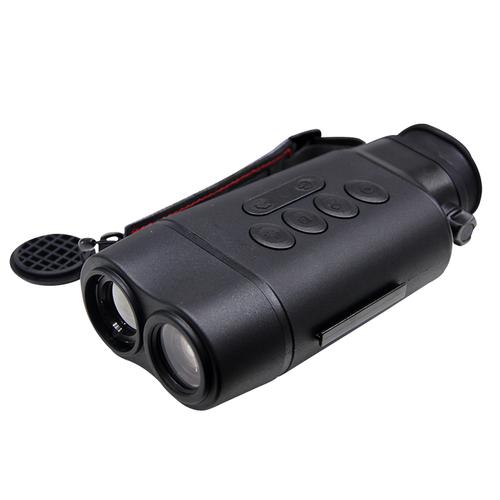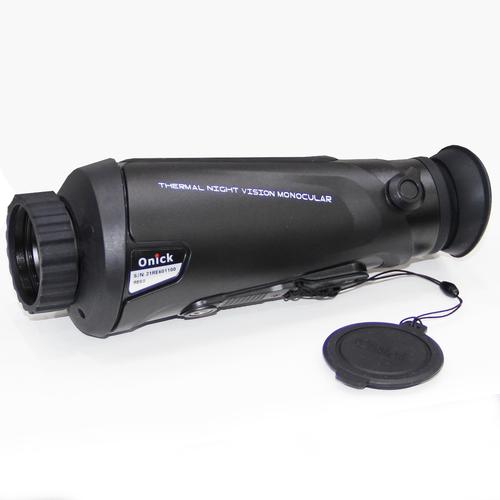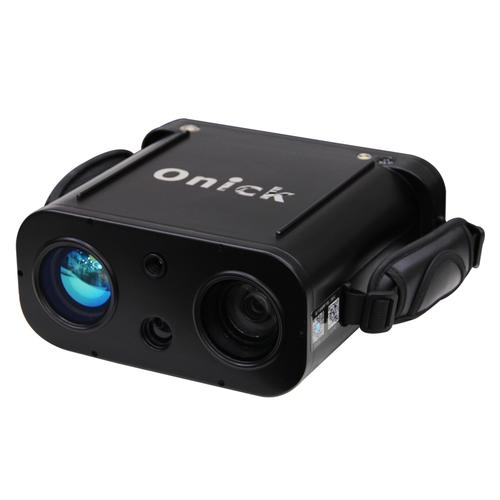Digital night vision devices and telescopic thermal imagers are two important types of outdoor night vision equipment. Their dual-use capabilities are gaining increasing recognition among users, but what are the specific differences between these two devices? Below, we will provide a detailed comparison of their working principles, categories, and performance. We hope this will be helpful.
Before proceeding, let's first understand some basic information about night vision devices. Currently, the mainstream night vision device market is divided into three categories: active night vision devices, also known as image intensifier tube night vision devices; passive night vision devices, also known as thermal imagers; and the relatively new digital night vision devices. Both digital night vision devices and thermal imagers are designed to make it easier to observe or aim at targets in complete darkness or low-light conditions. Thermal imagers use an infrared detector and an optical imaging lens to capture the infrared radiation energy distribution of the target and reflect it onto the infrared detector's photosensitive element, producing an infrared thermal image. This thermal image corresponds to the heat distribution field on the object's surface. Simply put, a thermal imager converts invisible infrared energy emitted by an object into a visible thermal image. Different colors on the thermal image represent different temperatures of the measured object.

Comparison between Digital Night Vision Devices and Thermal Imagers
1. Ease of Target Detection
When detecting and finding targets at night, the performance of digital night vision devices is significantly affected by ambient lighting conditions. The target distance observed by the same digital night vision device under the same settings will be significantly affected in conditions such as complete darkness, 1/2 moon, 1/4 moon, or starlight. In contrast, thermal imagers are less affected by nighttime lighting conditions. Thermal imagers convert invisible infrared energy emitted by objects into visible thermal images, which are then displayed on the screen. Therefore, in terms of ease of target detection alone, thermal imagers are more likely to detect targets.

2. Image Clarity and Target Identification
Undoubtedly, thermal imagers are more effective at detecting targets, but due to the technology behind their core components, their current higher resolutions are only just approaching those of mid-range digital night vision devices. Digital night vision devices use CCD and CMOS image sensors as image intensifiers. CCD and CMOS technology is highly mature and widely used in a wide range of industries, such as cameras and video recorders. Therefore, digital night vision devices offer exceptionally high image clarity, both for viewing and recording, and there's significant room for improvement.

3. Comparison of Expansion Functions
Due to differences in their operating principles and core components, the expansion functions of the two devices differ. Regarding video output, digital night vision devices can output HDMI high-definition video, while thermal imaging devices can output PAL/NTSC/AV video. Digital night vision devices clearly have an advantage in terms of video output quality. Regarding other functions, digital night vision devices also offer a wider range of expansion options, such as GPS, electronic compass, and Wi-Fi mobile app video transmission. Digital night vision devices often integrate advanced technologies and upgrades in advance, as their technology can more easily integrate with other products, creating a powerful alliance.
If you would like to learn more about fusion night vision devices, infrared thermal imaging riflescopes, and other related topics, please feel free to contact us.